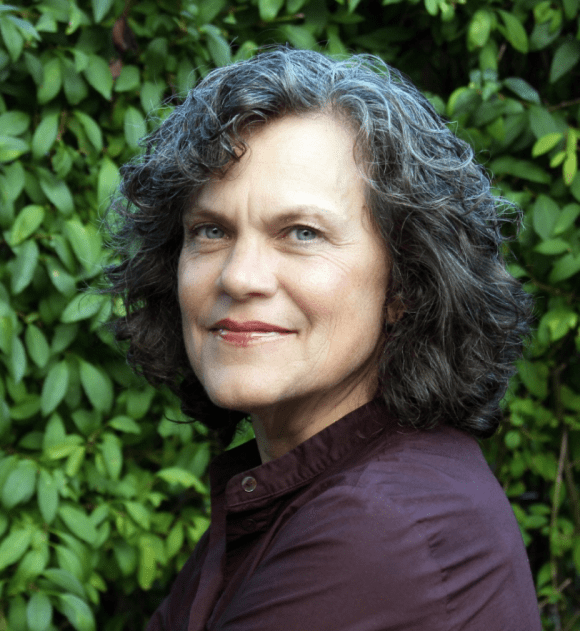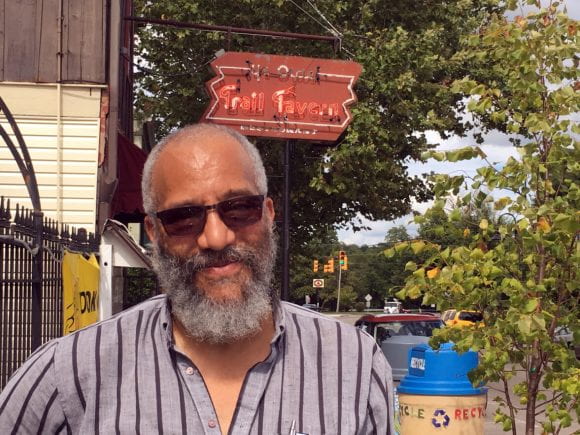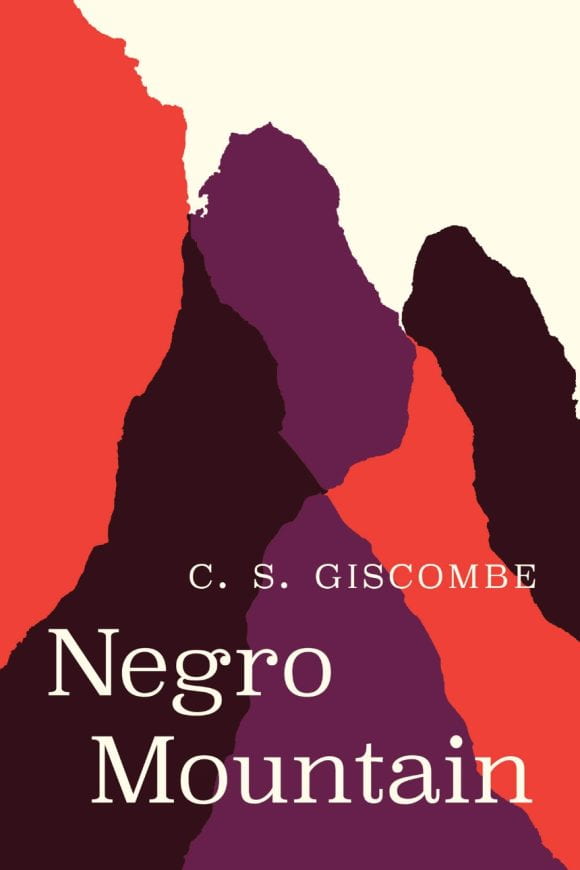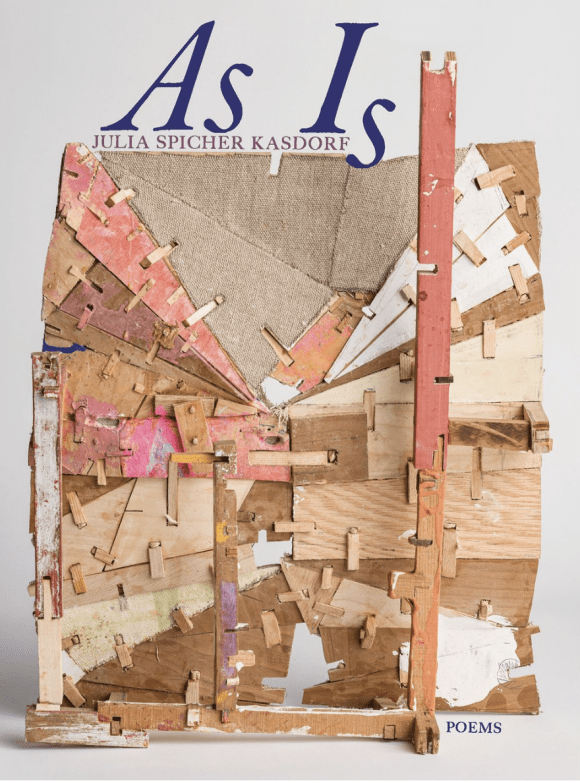

Penn State professor Julia Spicher Kasdorf and former colleague C.S. Giscombe will offer a poetry reading and discussion as part of the Mary E. Rolling Reading Series. The reading is free and open to the public and will be held at 6 pm on Thursday, March 21 in Foster Auditorium in Paterno Library.
Julia Spicher Kasdorf teaches poetry and directs the creative writing program at Penn State. She is the author of five poetry collections, including “Sleeping Preacher,” “Eve’s Striptease,” “Poetry in America,” and “Shale Play: Poems and Photographs from the Fracking Fields,” a documentary project created in collaboration with photographer and Penn State professor Steven Rubin. Her newest book of poems, “As Is,” was published in 2023 by the University of Pittsburgh Press.
C.S. Giscombe lived for a decade in State College and Bellefonte while he taught creative writing at Penn State. He currently teaches poetry at the University of California’s Berkeley campus, where he is the Robert Hass Chair in English. His prose and poetry books include “Prairie Style,” “Ohio Railroads” (a long poem in the form of an essay), “Border Towns,” and “Similarly” (selected poetry and new work). His newest book, “Negro Mountain,” was called one of the best poetry collections of 2023 by The New York Times.
Both Kasdorf’s and Giscombe’s most recent projects meditate on and explore the idea of place, specifically the mountains in the Appalachian region of Pennsylvania. Of Kasdorf’s book “As Is,” reviewer Sofia Samatar writes: “Her poems bear witness to rough, hardscrabble places, the labor of those who live there, and histories on the verge of dissolving in a rapidly changing environment.” Giscombe’s “Negro Mountain” is titled after the long ridge of the Allegheny Mountains straddling the Pennsylvania border with Maryland, the summit of which is the highest point in Pennsylvania. According to The University of Chicago Press, the name “Negro Mountain” comes from “an ‘incident” in which a Black man was killed while fighting on the side of white enslavers against Indigenous peoples in the eighteenth century; this mountain has a shadow presence throughout this collection.”



You must be logged in to post a comment.